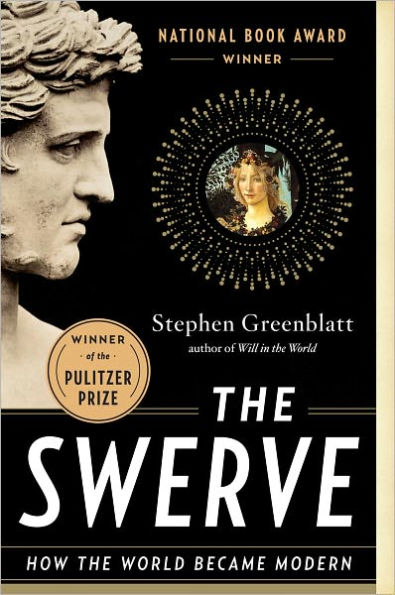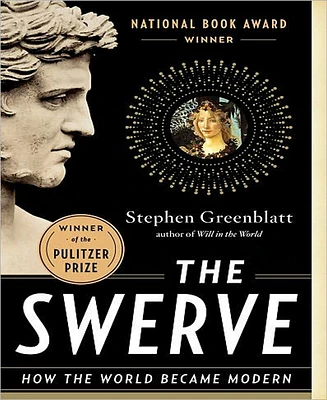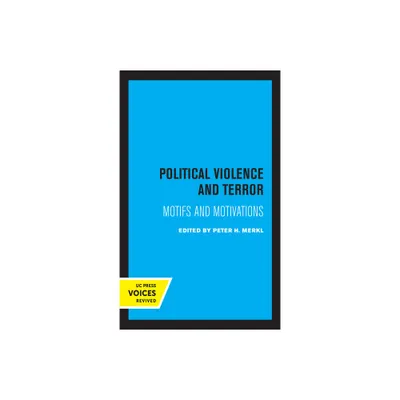Home
Killing Strangers: How Political Violence Became Modern
Loading Inventory...
Barnes and Noble
Killing Strangers: How Political Violence Became Modern
Current price: $19.99


Barnes and Noble
Killing Strangers: How Political Violence Became Modern
Current price: $19.99
Loading Inventory...
Size: Audiobook
*Product Information may vary - to confirm product availability, pricing, and additional information please contact Barnes and Noble
A bewildering feature of so much contemporary political violence is its stunning impersonality. Every major city centre becomes a potential shooting gallery; and every metro system a potential bomb alley. Victims just happen, as the saying goes, to 'be in the wrong place at the wrong time'.
We accept this contemporary reality - at least to some degree. But we rarely ask: where has it come from historically?
Killing Strangers
tackles this question head on. It examines how such violence became 'unchained' from inter-personal relationships. It traces the rise of such impersonal violence by examining violence in conjunction with changing social and political realities. In particular, it traces both 'push' and 'pull' - the ability of modern states to force the violence of their challengers into niche forms: and the disturbing new opportunities that technological changes offer to cause mayhem in fresh and original ways.
therefore aims to highlight the very strangeness of contemporary experience when it is viewed against a long-term perspective. Atrocities regularly capture media attention - and just as quickly fade from public view. That is both tragic - and utterly predictable. Deep down we expect no different. And that is why such atrocities must be repeated if our attention is to be re-engaged. Deep down we expect that, too.
So
deliberately asks the very simplest of questions. How on earth did we get here?
We accept this contemporary reality - at least to some degree. But we rarely ask: where has it come from historically?
Killing Strangers
tackles this question head on. It examines how such violence became 'unchained' from inter-personal relationships. It traces the rise of such impersonal violence by examining violence in conjunction with changing social and political realities. In particular, it traces both 'push' and 'pull' - the ability of modern states to force the violence of their challengers into niche forms: and the disturbing new opportunities that technological changes offer to cause mayhem in fresh and original ways.
therefore aims to highlight the very strangeness of contemporary experience when it is viewed against a long-term perspective. Atrocities regularly capture media attention - and just as quickly fade from public view. That is both tragic - and utterly predictable. Deep down we expect no different. And that is why such atrocities must be repeated if our attention is to be re-engaged. Deep down we expect that, too.
So
deliberately asks the very simplest of questions. How on earth did we get here?

















